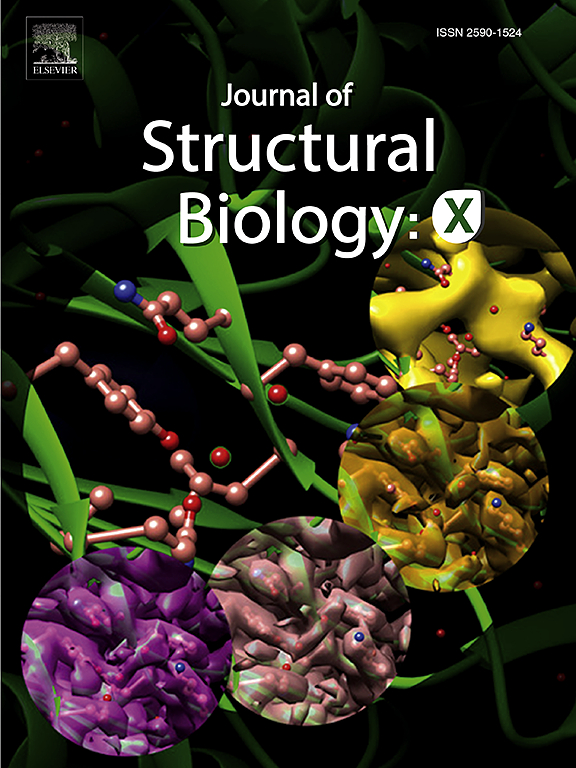RosettaHDX:从氢-氘交换质谱数据预测抗体-抗原相互作用。
IF 2.7
3区 生物学
Q3 BIOCHEMISTRY & MOLECULAR BIOLOGY
引用次数: 0
摘要
在原子水平上对抗体-抗原复合物进行高通量表征对于理解抗体功能和促进治疗发展至关重要。氢-氘交换质谱(HDX-MS)可以快速定位表位,但其数据过于稀疏,无法独立确定结构。在本研究中,我们引入了RosettaHDX,这是一种混合方法,将计算对接与差分HDX-MS数据相结合,以提高抗体-抗原复合物模型的准确性,而不是单独使用任何一种方法。通过在RosettaDock算法中结合HDX数据作为距离约束和评分项,RosettaHDX成功地为所有9个基准测试组合生成了近本地模型(界面根均方差≤4 Å),平均近本地模型比Rosetta单独多3.6倍。在得分最高的10个模型中,有3/9的案例被识别出接近本地的模型,而单独使用Rosetta的案例只有1/9。此外,我们开发了一种基于HDX约束对接结果的预测指标,用于识别HDX数据集中的变构肽。本文章由计算机程序翻译,如有差异,请以英文原文为准。

RosettaHDX: Predicting antibody-antigen interaction from hydrogen-deuterium exchange mass spectrometry data
High-throughput characterization of antibody-antigen complexes at the atomic level is critical for understanding antibody function and enabling therapeutic development. Hydrogen-deuterium exchange mass spectrometry (HDX-MS) enables rapid epitope mapping, but its data are too sparse for independent structure determination. In this study, we introduce RosettaHDX, a hybrid method that combines computational docking with differential HDX-MS data to enhance the accuracy of antibody-antigen complex models beyond what either method can achieve individually. By incorporating HDX data as both distance restraints and a scoring term in the RosettaDock algorithm, RosettaHDX successfully generated near-native models (interface root-mean square deviation ≤ 4 Å) for all 9 benchmark complexes examined, averaging 3.6 times more near-native models than Rosetta alone. Near-native models among the top 10 scoring were identified in 3/9 cases, compared to 1/9 with Rosetta alone. Additionally, we developed a predictive metric based on docking results with HDX restraints to identify allosteric peptides in HDX datasets.
求助全文
通过发布文献求助,成功后即可免费获取论文全文。
去求助
来源期刊

Journal of structural biology
生物-生化与分子生物学
CiteScore
6.30
自引率
3.30%
发文量
88
审稿时长
65 days
期刊介绍:
Journal of Structural Biology (JSB) has an open access mirror journal, the Journal of Structural Biology: X (JSBX), sharing the same aims and scope, editorial team, submission system and rigorous peer review. Since both journals share the same editorial system, you may submit your manuscript via either journal homepage. You will be prompted during submission (and revision) to choose in which to publish your article. The editors and reviewers are not aware of the choice you made until the article has been published online. JSB and JSBX publish papers dealing with the structural analysis of living material at every level of organization by all methods that lead to an understanding of biological function in terms of molecular and supermolecular structure.
Techniques covered include:
• Light microscopy including confocal microscopy
• All types of electron microscopy
• X-ray diffraction
• Nuclear magnetic resonance
• Scanning force microscopy, scanning probe microscopy, and tunneling microscopy
• Digital image processing
• Computational insights into structure
 求助内容:
求助内容: 应助结果提醒方式:
应助结果提醒方式:


